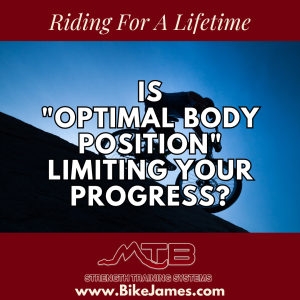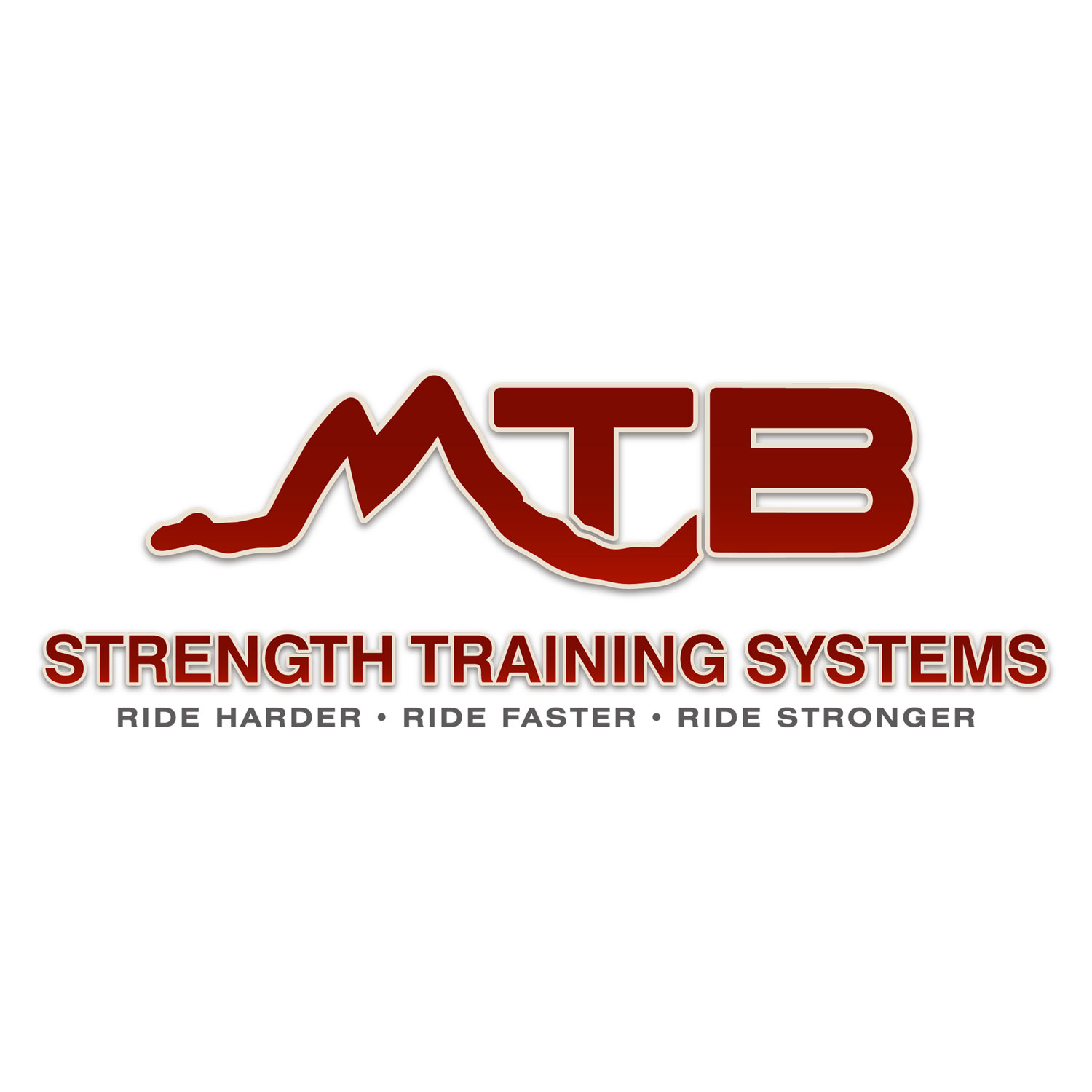Episodes

Friday Oct 25, 2024
Is "Optimal Body Position" Limiting Your Progress?
Friday Oct 25, 2024
Friday Oct 25, 2024
Perhaps no term gets thrown around more when talking about riding your bike than “body position”. It is recognized as being an essential part of your riding skills and performance, but what does the term really mean?
For something so important there is a lot of confusion surrounding it. Do you want to be in a low “attack position” or in more of an upright “throne position”? Do you want your weight on your feet with little to no weight on your hands or do you want to have weight and pressure through your hands?
It seems like the answers to these questions depend on who you talk to and what system they preach. There is a whole industry around this question, with qualified skills instructors from various backgrounds each trying to convince you that their version of body position is the best.
Well, what if I told you that the whole concept is kind of nonsense. I mean, obviously how you stand and hold yourself on the bike is important but the idea that there is an ideal body position when riding your mountain bike is incomplete at best.
The reason that I don’t like this term or the discussions around it is because it leads riders to believe that there is an ideal body position that they need to try and get into and maintain while riding. But this idea may work when doing drills in a parking lot, it isn’t how riding your bike works in the real world.
On the trail you are participating in a dynamic relationship between your body, the bike and the trail and these three things are rarely static. Conditions change all of the time and this means that your ideal body position is constantly shifting as well.
In fact, the worst thing you can do for your performance and safety on the trail is try and maintain an “ideal” body position. Instead, you want to change your body position to match the needs of the trail.
For example, let’s say that you are riding a section of trail that starts with a relatively flat section before feeding you into a technical rock garden that proceeds a short climb. What is the ideal body position for something like this? You guessed it, there isn’t one and you have to shift your body position to meet the needs of the moment.
When you are on the flat section you can get into a traditional position where you are keeping more weight on your feet than your hands and you are maintaining your position as you pedal. When you get to the rock garden you will need to preemptively shift your weight forward in anticipation of needing to perform a rear weight shift to unweighted or even lift your front wheel to help get over the first trail obstacle.
As you proceed through the rock garden you will need to dynamically shift your weight forward and backward to weight and unweight your front end to help you flow through the rocks and trail obstacles. Your body position will be very fluid and dynamic as you use your weight shifts to help navigate your bike through the technical trail section.
When you get through it and hit the climb you will want to stand up and shift your weight forward, putting weight on your hands and applying aggressive pressure through the rear wheel as needed for traction. If there are any obstacles on the climb you will also need to shift your weight back to float the front wheel over them before getting back into your aggressive climbing position.
So in this scenario you have gone from a “light hands, heavy feet” position to a dynamic position with a lot of front to back weight shifts and finally an aggressive standing position with your weight slightly forward on your hands. So what is the right body position?
The right body position changes depending on the demands of the moment. It isn’t based on someone’s theory of what the optimal position is and is certainly isn’t a static thing,
However, I see riders all the time who would try to ride through this same scenario trying to use and maintain a single body position (usually seated). This is usually due to someone telling them that it was the optimal position and that they need to stay in it as much as possible.
With that said, though, there are a few commonalities to the different good body positions you need to use on the bike. One of them is having a strong spine where you avoid leaning over at the low back and instead rely on your hips for leaning forward and shifting your weight back.
The other thing is to have your elbows in a strong position somewhere between being pinned to your ribs and being pushed out into an extreme “scarecrow” position. Like body position, the specific position your elbows should be in will change but being at the extremes is almost never the best place to be no matter what the “elbows out” crowd will lead you to believe.
Lastly, your feet should be in a mid-foot position so you are balanced at your feet and aren’t fighting the forward lean created by being on the balls of your feet. The mid-foot position allows you to more easily shift your weight forward or backward depending on the needs of the moment without committing your to one or the other like the ball of the foot position does.
If you have good spine, elbow and foot position then your body can act in the dynamic and fluid way needed to meet the needs of the moment. Of course, when you look at the average rider who is stiff through the hips and bends too much at the spine, has handlebars that are too wide and force the elbows into an unnaturally wide position and or perched on the balls of their feet you don’t see a strong, athletic body.
Instead you see a compromised, unbalanced body that struggles to find the flow needed to really enjoy riding. And this leads to people looking for the one body position that will cure their problems, which leads to the situation that most riders find themselves in now.
I truly believe that a lot of the demand for skills training is created by riders being placed in compromised, unbalanced positions on the bike through their lack of athleticism and bad advice from the cycling industry when it comes to equipment. If you put your body in a strong, balanced position on the bike it will naturally figure out a lot of things on its own - your body is an amazing learning machine when you give it the right context to learn in.
So don’t get caught up in trying to find and maintain the right body position because it doesn’t exist outside of the context that it is needed on the trail. Work on getting more athletic through a good mobility and strength training program and put yourself in a strong, balanced position on the bike through proper equipment choices and you’ll find that your body is able to do what it does best, which is to adapt to and learn from the movement challenges it encounters on the trail. Only then can you really benefit from skills training advice, but even then only if it doesn’t violate some basic movement principle along the way.
I believe that the best way to approach riding skills is to look at how the human body moves and then to apply that knowledge to the bike. If you are interested in learning more about this theory of mountain bike skills training you can download a free copy of my Underground Skills Training Manual, where I break down the movement patterns behind each of the major skills needed on the bike, how to improve them off of the bike and how to apply them to the bike.
If you have any questions about this post let me know, I’m always happy to help. And if you want to get some feedback on your riding and how to improve it through smart application of movement and training principles let me know. I'm taking on a few distance coaching clients this off season and I’d love to see if I can help you train and ride smarter.
Until next time…
Ride Strong,
James Wilson


No comments yet. Be the first to say something!